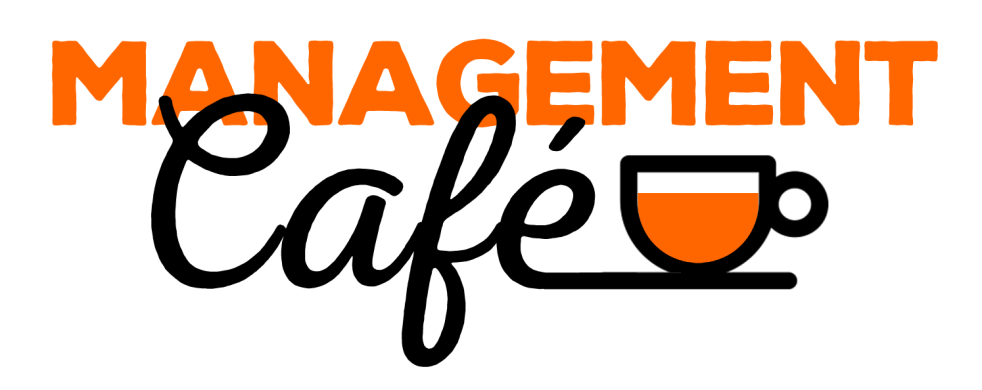One of the pressures we can feel as a manager is the pressure of attention. We watch our managers closely. We analyse their behaviours and motivations. We guess at their intentions. And this informs our judgements about cultural norms and which behaviours are encouraged or discouraged.
In fact, the attention of our team gives us the opportunity to be a positive influence through role modelling. We can use their attention to encourage people (including us!) to adopt behaviours that we think are important.
In management, eyes are perpetually upon us, and as leaders, we hold a degree of influence, whether we actively seek it or not. An aspect that amplifies this influence is the way we role model certain behaviours for our teams.
A delicate balance lies between behaving as we think a manager should versus consciously demonstrating behaviours we hope to see in our teams. The former might make us feel pressured to conform to stereotypes, while the latter involves a more authentic engagement with our roles, even if it feels challenging at times.
Pilar shares a story from a manager who desired a strong team spirit but didn’t actively participate in team initiatives. This lack of alignment between verbal aspiration and actual behaviour often undercuts the authenticity and effectiveness of a leader. Consistency between what we ask others to do and our actions is a key element of effective leadership.
Tim brings some characteristic humour to the table with an anecdote featuring Rishi Sunak, who attempted to appear relatable by paying for petrol, despite never having used a contactless card machine before. Such incongruity can disrupt the trust between leaders and their teams.
Indeed, culture is shaped more by our actions than our ambitions. Bad behaviour on a leader’s part may not be directly emulated by team members, but it can subtly degrade the team’s atmosphere.
For example, if we aim to foster collaboration, it’s beneficial to consider what individual behaviours contribute to a collaborative environment and consciously exemplify those behaviours. Actively demonstrating behaviours we find challenging can increase our understanding and empathy for team members striving to improve in those areas.
A thought-provoking perspective comes from Stephen Covey’s The Speed of Trust. We tend to assess others based on their actions while judging ourselves by our intentions. This discrepancy calls for increased self-awareness and empathy in our managerial roles.
It’s crucial to remember that successful role modelling isn’t just about aligning our actions with what we preach. It also involves being mindful of how others interpret our actions. A disconnect between intention and interpretation can lead to misunderstandings, as Pilar learned during her acting career.
Incorporating role modelling into our leadership practice can begin with simply reflecting on which behaviours are crucial in our work environment and assessing whether we’re embodying these behaviours effectively.
So, dear listener, how have you incorporated role modelling in your leadership? Have you observed examples where it didn’t go as planned? We encourage you to share your experiences and insights into this aspect of leadership.
TIME CODED SHOW NOTES
00:50 min All eyes are on you as a manager whether you want it or not.
2:30 There’s a difference between acting as you think a manager should act vs role modelling the behaviour that you want the team to exhibit. Both scenarios can have us acting in ways that might feel unnatural or uncomfortable. In this conversation we are talking about consciously role modelling behaviours that we want to see in our teams.
4:45 Pilar shares a story of a manager who wanted a “team” but didn’t contribute to team initiatives.
6:30 It’s important for our team members and for us as individuals that there is consistency between how we tell people to act and how we act ourselves. Don’t be Rishi Sunak trying to show his common touch by paying for petrol, when he’d never used a contactless card machine before.
8:30 Culture is established through our actions, not our aspirations.
9:30 People might not mimic a leader’s bad behaviour, but Tim thinks it still moves the atmosphere of the team in a bad direction.
10:30 If we want to encourage something like collaboration, it’s useful to think of the individual behaviours that contribute to collaboration and then role model those behaviours.
12:00 Role modelling behaviours that we find challenging can make us more aware and understanding of others who are also trying to be better.
14:00 Tim plagiarises Stephen Covey from The Speed of Trust. We often judge others by their actions but judge ourselves by our intent.
15:00 It’s not just our actions that need to match what we are trying to role model. It’s also how others are interpreting those actions. Pilar shares some examples from her acting career of how this can become disconnected.
16:00 We can start incorporating role modelling into our leadership practice just by thinking about what behaviours are important in our environment and whether we are a good example of those behaviours.
What about you, dear listener? Have you used role modelling with your teams? Or seen examples of it going wrong? We’d love to hear about your experiences!
Get in touch through our Contact Form https://managementcafepodcast.com/contact/ or tell us on Twitter – we are @managementcaf
